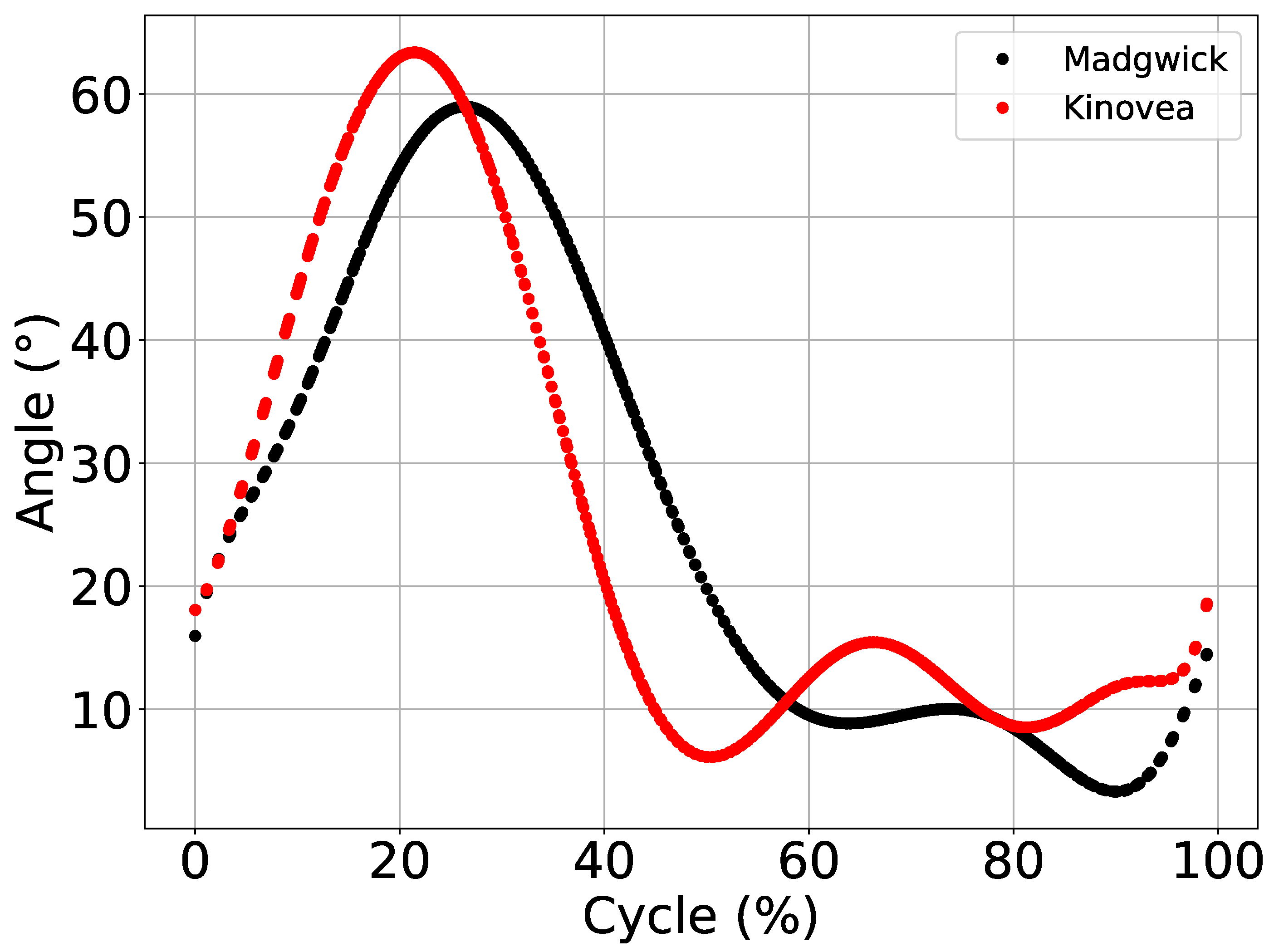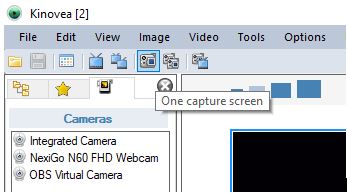
4.Searching with the help of Cortana One other way to search is to make use of Cortana. For example, if your file was an MS Word document, hit enter after typing ‘.doc’ or ‘.docx’ in the search bar in File Explorer or, in case of it being an Excel file, search by ‘.xls’. 3.Searching with the help of extension type This method can yield that file location to you if you search by just typing in the file extension.
#Where to find where a kinovea file is saved windows#
2.Searching on Windows with partial file name If you had saved the file some days or months back and can remember the first letters of the file name, then you can go to Start in Windows and type those letters, then hit the search option. Or else, go to File, Open, and then, Recent Documents. In MS Office suite, you’ll be able to access recent files when you open the application. In order to quickly find that file, open the application and open the list of recent files. In such cases, you’ve no idea in which folder you saved that file and they can create a panicky situation for you if you’ve got to get access to that file almost immediately. Vista search takes a little bit to get familiar with, so if the search does not find the file, you may need to tweak the search parameters (such as including non index locations) for better results.This tip is for cases when you save Microsoft Word or Excel files without looking at the file path. Make sure you select the Location (circled) of were to search for the file, and the Date of the file (arrow) and click the Search button to begin the search.If the file is not found, press F3 to bring up Vista's advanced search window and click on the Advanced Search arrow. For example to search for all files modified on, enter: modified: Click on Start and in the Start Search field enter the date you saved the file.Click on the arrow next to " When was it modified", and select the Specify dates radio button, then enter the date of when you saved the file (hopefully at least you remember the day).In the " All or part of the file name" field, enter the wildcard parameter *.* which will search for all files.Click on Start \ Search and make sure you select All files and folders.

When a file is created on Windows, it's modified date attribute is set with the date and time….it was last changed (even if it's a new file…since that was the last time it was changed). Using Windows search utility, you can search for the file and specify the date it was modified. Let's go one step further and say you copied a file from another computer via mapped drive, CD or USB drive. So far, the above four methods assume you know, or at least have an idea of the file name, and you didn't disable or clear Windows Recent Documents feature.īut say you completely forgot the file name, where you saved it, or you prefer to protect your privacy and always clear your Recent Document list. Also, RecentFilesView includes a Missing column that indicates if the file exists or has been deleted (a great feature).ĭownload RecentFilesView at, unzip it, double click on RecentFilesView.exe to find that missing file.ĥ – The Bullet Proof Method For Finding Files You can sort the view by date, open files from within the utility (double click on the file name). What makes this different from using Recent Documents (described in step 3), is this utility also list items stored in the registry in addition to the recent document folder.Īnother reason, RecentFilesView utility, is a stand alone application, that requires no installation and will list items by date. This great utility from displays the list of all recently opened files.

In Office 2007, click on the Office button to view Recent Documents (shown in below screen shot).īy default Windows keeps track of all files that you recently open. Just click on File from the menu and at the bottom you will see a list of recently opened documents. Some applications such as Microsoft Office applications keep track of recently open files.


At this point you should be able to see all files including the one you lost.Ģ – Use The Application Recently Used List With most applications, the first time you save something, it will ask you where you want to save the file by opening up the default location first. To do this, open the application and create a dummy document, spreadsheet (or what ever the application creates) and proceed with saving it (but you really won't be saving it). One easy method is to re-open the application and see where the default location is for saving new files.


 0 kommentar(er)
0 kommentar(er)
